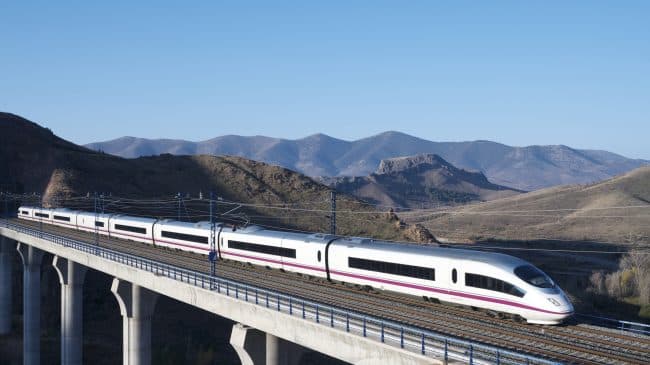How bad are the problems, delays, and rising cost estimates for the state’s proposed high-speed rail system? “Initially a rat-hole, now a sinkhole, soon it will be an abyss in which more and more tax dollars are forever lost. I speak of the never-ending scam called high-speed rail,” California state Sen. Andy Vidak, R-Hanford, said in a statement.
The state rail authority once again revised its timetable and costs, now estimated to range from $77.3 billion up to $98.1 billion. The earliest year that trains could start running is now expected to be 2029, 11 years from now and four years later than the rail authority’s previous guess. And that’s only for trains running between the Bay Area and Central Valley. The full rail system that taxpayers were promised would not be up and running until 2033 at the earliest.
Presented to taxpayers a decade ago, Prop. 1A, proposed allocating $9.95 billion of general obligation bonds to partially fund a $40 billion high-speed rail line spanning 800 miles, connecting Northern California to Southern California in a projected travel time of two hours, 40 minutes. None of that has happened in reality. Even Roy Hill, a senior consultant for the rail project, admitted earlier this year that, “The worst-case scenario has happened.”
As costs continue to escalate, we’re likely to learn more ugly truths about the project in the months and years ahead. The U.S. Department of Transportation’s Office of Inspector General has agreed to a federal audit of the high-speed rail project.
“The continued mismanagement and skyrocketing costs are unacceptable,” said Rep. Jeff Denham, R-Turlock, who requested the audit. “Taxpayers deserve to know how their money is being spent.”
A 2008 Reason Foundation report warned that the state’s promises and expectations for the rail system were wildly optimistic and severely underestimating the costs. Since then it has become increasingly clear the state government’s belief that one-third of the rail system’s construction costs would be paid for by private funding was wrong. Project officials had hoped to finance some segments of the rail line using public-private partnerships but the private sector didn’t see a path to breaking even on the project, let alone turning a profit, and hasn’t been interested in investing in it at all.
Instead, the system’s costs have continued to soar and it has been plagued by poor planning and errors. After being sued multiple times over environmental concerns and the location of the proposed route, the California High-Speed Rail Authority moved segments of the project to a “blended system,” which means the high-speed trains would be sharing tracks with commuter rail lines. Sharing existing train tracks keeps costs lower than laying down special new tracks for high-speed rail. But there’s a tradeoff — “bullet trains” cannot safely reach and sustain their maximum speeds of over 200 miles per hour on tracks that are not built to support those speeds.
Thus, the California high-speed rail system has a growing number of sections that would not be considered to be high-speed by any definition. In some sections, speed will be limited to about 110 miles per hour and in other sections speeds would have to be kept even lower. These speed restrictions — affecting tunnels, sections of track in dense, urban areas, and shared railways — could increase the Southern California to Northern California trip duration by as much as two hours, which would nearly double the total trip time originally promised to voters.
Just like so many other parts of the rail system, reality has failed to live up to the state’s promises. The federal audit is likely to reveal more details of went wrong in the planning and execution of this project and state leaders facing a harsh truth: good intentions cannot replace sound, strategic planning. As hard as it may be to walk away from a rail plan that has already cost taxpayers billions, walking away is the only sensible option at this point.
This column originally ran in The Orange County Register.

